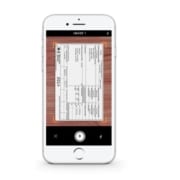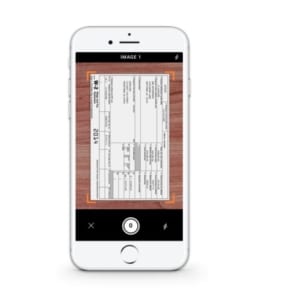HELOC Made Simple | Home Equity Lines of Credit Explained
Homeownership is a significant accomplishment that presents various opportunities. Besides the satisfaction that comes with owning a house, it can also be a valuable asset that helps you establish wealth. Homeowners can leverage the potential of their property using a Home Equity Line of Credit (HELOC).
For homeowners who require access to funds but are unwilling or uninterested in taking out a traditional loan, a HELOC can be a flexible and convenient financial option.
What is a HELOC?
A HELOC is a type of second mortgage that allows homeowners to borrow against the equity they have built up in their property. Equity is the difference between the current value of the property and the outstanding mortgage balance. With a HELOC, borrowers can access funds up to a specific limit, typically based on a percentage of their home’s appraised value minus any outstanding mortgage debt.
HELOC funds can be used for a variety of purposes. Homeowners can use the funds to cover various expenses, such as home renovations, education costs, consolidating high-interest debts, etc.
How Much Can You Borrow With a HELOC?
The amount of money you can borrow with a HELOC depends on several factors, including the appraised value of your home, the amount of equity you have, and the lender’s guidelines.
For example, let’s say your home is appraised at $300,000, your lender will give you a HELOC with 85% LTV, and you have an outstanding mortgage balance of $200,000. In this case, the maximum HELOC limit would be calculated as follows:
- Appraised value: $300,000
- Maximum loan-to-value ratio: 85%
- Outstanding mortgage balance: $200,000
Calculation: $300,000 x 0.85 – $200,000 = $55,000
Based on these figures, you could potentially borrow up to $55,000 through a HELOC.
How Does a HELOC Work?
A HELOC has two phases: the draw period and the repayment period. The specific terms of a HELOC can vary between the two based on individual circumstances and lender requirements. For example, you may take out a 20-year HELOC with a 10-year draw period and a 10-year repayment period. During both periods, you will make payments on the loan.
Phase One: The HELOC Draw Period
During the draw period of a HELOC, homeowners can access the funds as needed. This phase typically lasts for a predetermined period, generally around ten years.
During the draw period, you can access funds from your line of credit as required, with the option to make minimum payments or even consider interest-only payments on the borrowed amount. However, it’s important to note that if you reach your available limit, you will be required to settle your outstanding balance before accessing additional funds.
Phase Two: The HELOC Repayment Period
After the draw period ends, the HELOC enters the repayment phase. During this period, homeowners can no longer withdraw funds and must start repaying the principal amount borrowed, along with any accumulated interest. The repayment period spans several years, typically 10-20 years.
It’s important to note that the interest rates during the repayment period may differ from those during the draw period. Homeowners should be aware of any changes in interest rates and adjust their financial planning accordingly.
Is a HELOC Right for You?
HELOCs are a popular financing option for homeowners for the many benefits they provide borrowers, including immediate access to funds. A HELOC could be an excellent option for you if:
- You want an interest-only payment option
- You have a fair credit score
- You don’t need all of the funds at once
- You can manage two house payments
- You want to be able to pay off and reuse funds as needed
Alternatives to HELOCs
If you’re considering tapping into your home’s equity, but a HELOC doesn’t seem like the right fit for you, don’t worry! There are alternative options that you can explore.
Home Equity Loans
A home equity loan is another way to access the equity in your home. A home equity loan may be a good option for you if:
- You’re borrowing a small loan amount
- You have a higher credit score
- You want a fixed monthly second mortgage payment
- You have the capability to handle two separate house payments.
- You want to maintain the existing balance on your first mortgage.
Cash-Out Refinancing
Cash-out refinancing is another option to consider to access your home’s equity. A cash-out refinance may be a good option for you if:
- You want the lowest possible payment
- You have a lower credit score
- You want a fixed monthly payment
- You want one monthly mortgage payment
- You can get a lower interest rate on the new mortgage than you currently have
HELOC Program at Michigan Mortgage
Michigan Mortgage helps you access the equity in your home quickly with our HELOC program. Within five days, you can pay off high-interest debt or carry out home improvement projects with our 100% online and speedy application process. Our flexible payment options enable you to withdraw funds as per your needs. Give us a call to learn more!



 Once the crisis passes, there will be even more buyers and sellers. Some mortgage forecasters are predicting a pent-up demand of buyers flooding the market.
Once the crisis passes, there will be even more buyers and sellers. Some mortgage forecasters are predicting a pent-up demand of buyers flooding the market.
